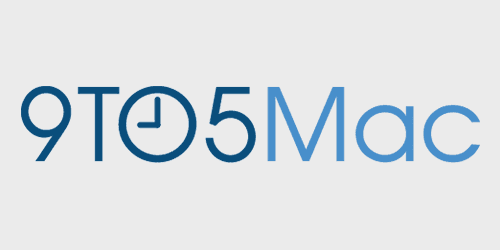
Samsung & Apple take half of global smartphone market, Android & iOS hit 80 percent

Research firm Gartner released its numbers today for “Worldwide Mobile Device Sales” during Q1 2012. There are not many surprises in the report when it comes to Apple, but Gartner estimated Samsung sold 38 smartphones during the quarter, which is less than the 42.2 million estimated by IDC earlier this month and more than the 32 million by IHS iSuppli. With Apple confirming 35.1 million iPhones sold during the quarter, Gartner’s numbers put Samsung as the both the No. 1 smartphone and overall mobile device vendor. The report also noted Samsung and Apple together accounted for 49.3-percent of the global smartphone sales, which is up from just 29.3 percent in Q1 of last year:
“The continued roll-out of third generation (3G)-based smartphones by local and regional manufacturers such as Huawei, ZTE, Lenovo, Yulong and TCL Communication should help spur demand in China. In addition, the arrival of new products in mature markets based on new versions of the Android and Windows Phone operating systems (OSs), and the launch of the Apple iPhone 5 will help drive a stronger second half in Western Europe and North America. However, as we are starting to update our market forecast we feel a downward adjustment to our 2012 figures, in the range of 20 million units, is unavoidable.”
On the platform side, Gartner’s report estimated both Android and iOS accounted for 79 percent of global smartphone sales—up from just 53.3-percent in Q1 2011. Of that 80 percent, Android grabbed 56.1-percent, which is slightly higher than the 51 percent of the United States market, according to estimates from comScore earlier this month. Apple took in the remaining 22.9-percent, which is less than the 30.7-percent comScore estimated for the U.S. market:
Gartner analysts said the smartphone market has become highly commoditized and differentiation is becoming a challenge for manufacturers. “At the high end, hardware features coupled with applications and services are helping differentiation, but this is restricted to major players with intellectual property assets. However, in the mid to low-end segment, price is increasingly becoming the sole differentiator. This will only worsen with the entry of new players and the dominance of Chinese manufacturers, leading to increased competition, low profitability and scattered market share.”
Related articles
- Samsung remains top OEM in March, as Android and iOS capture 80% of U.S. market (9to5google.com)
- Apple posts growth among OEMs in March, as iOS and Android capture 80% of U.S. market (9to5mac.com)
- comScore: Android and iOS grab 80 percent US marketshare, Apple passes Motorola (9to5google.com)
- NPD: iOS plummets to 29 percent of total US smartphone sales in Q1 (9to5mac.com)